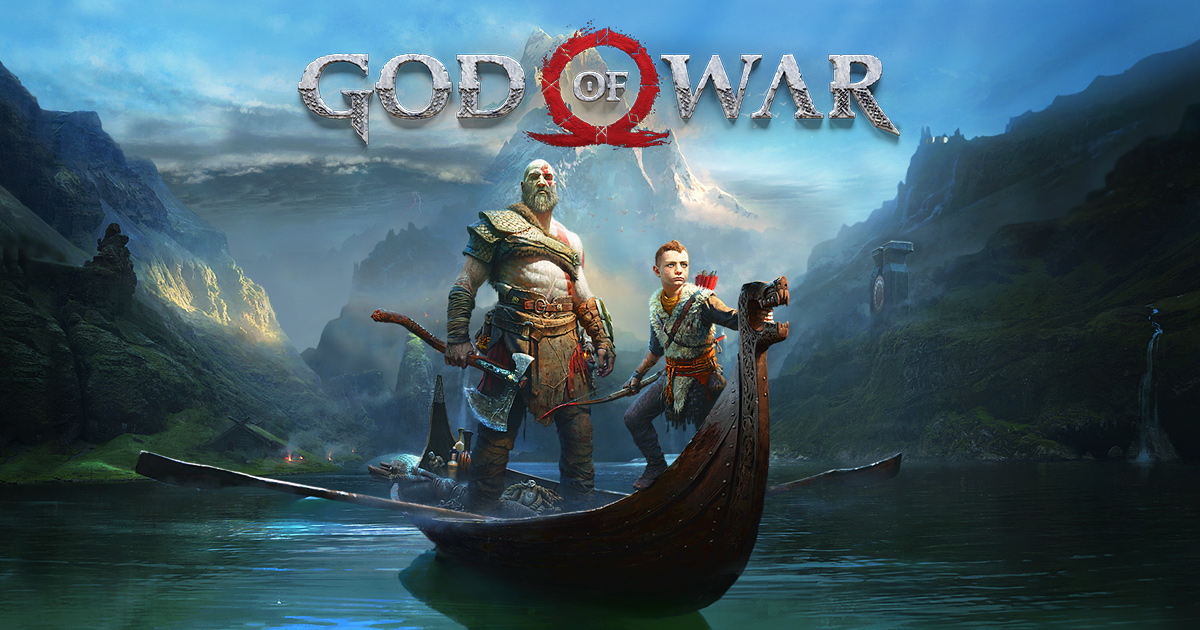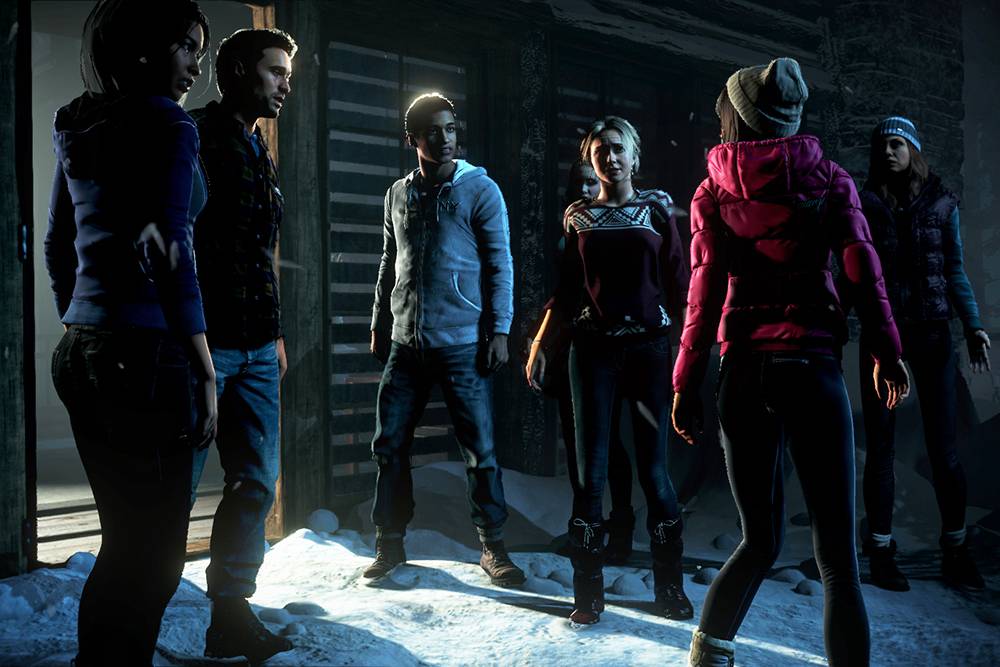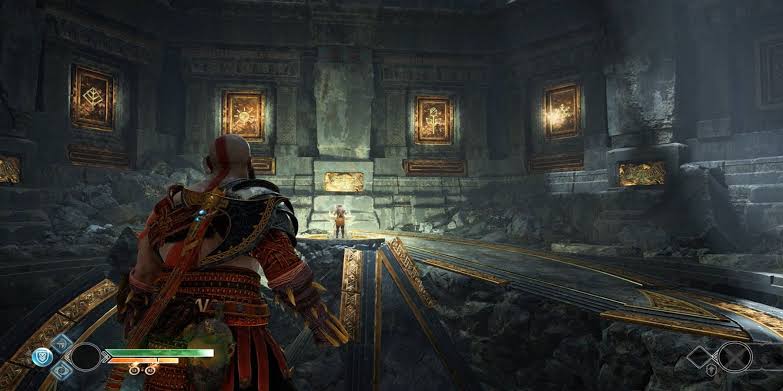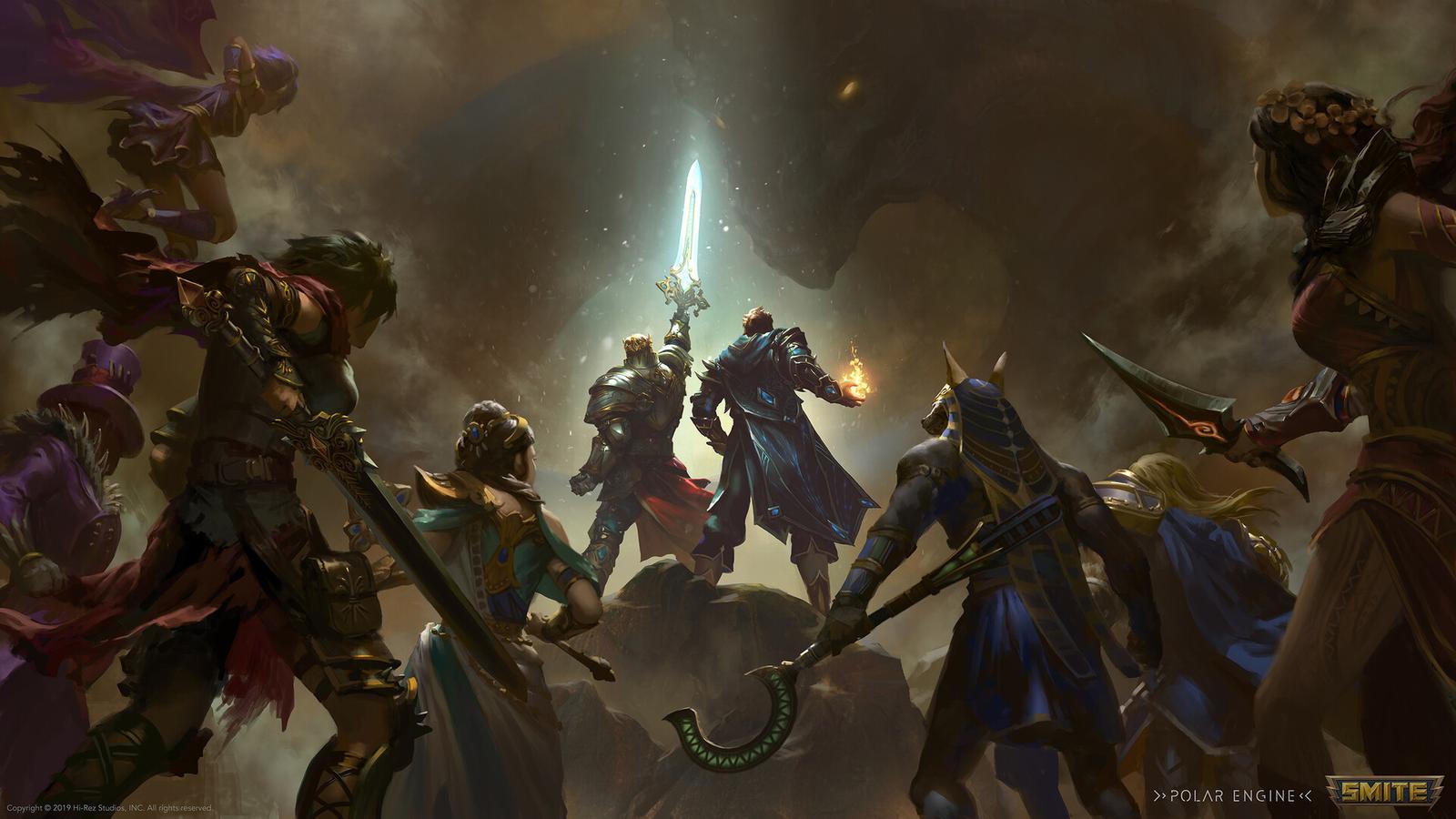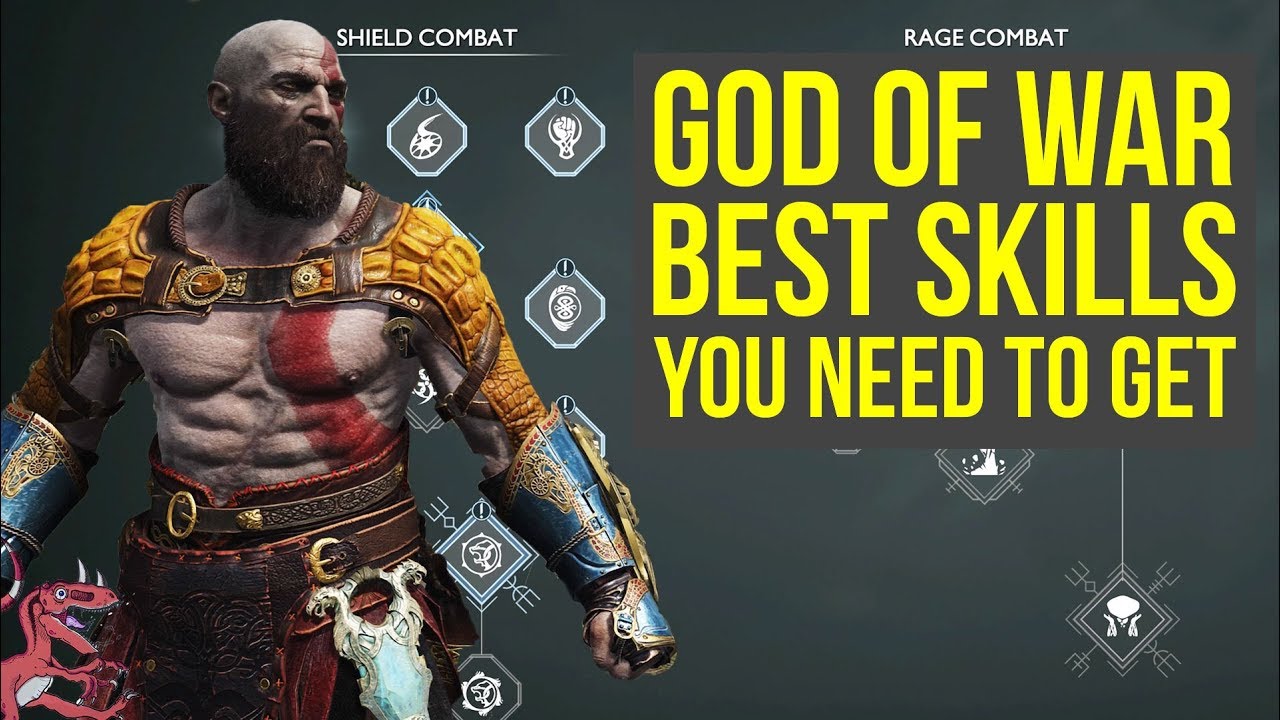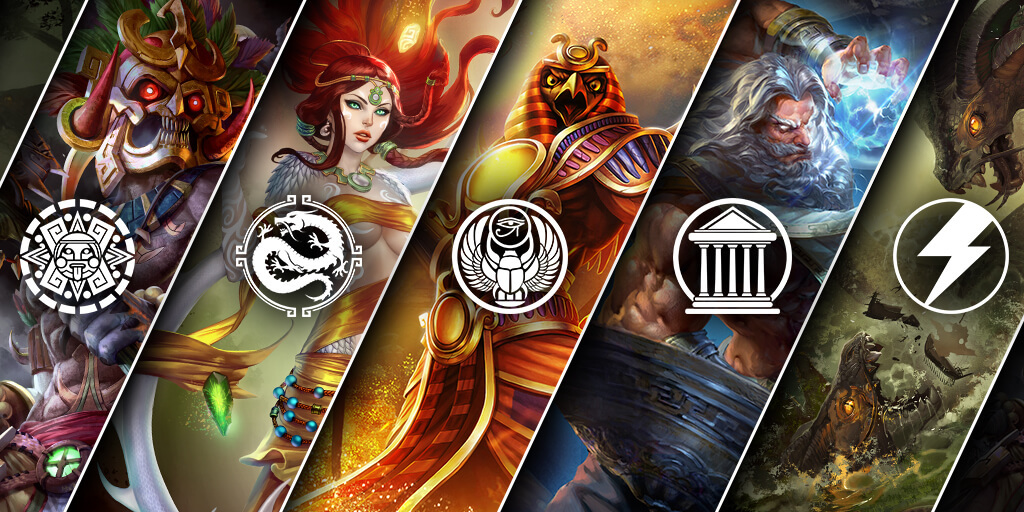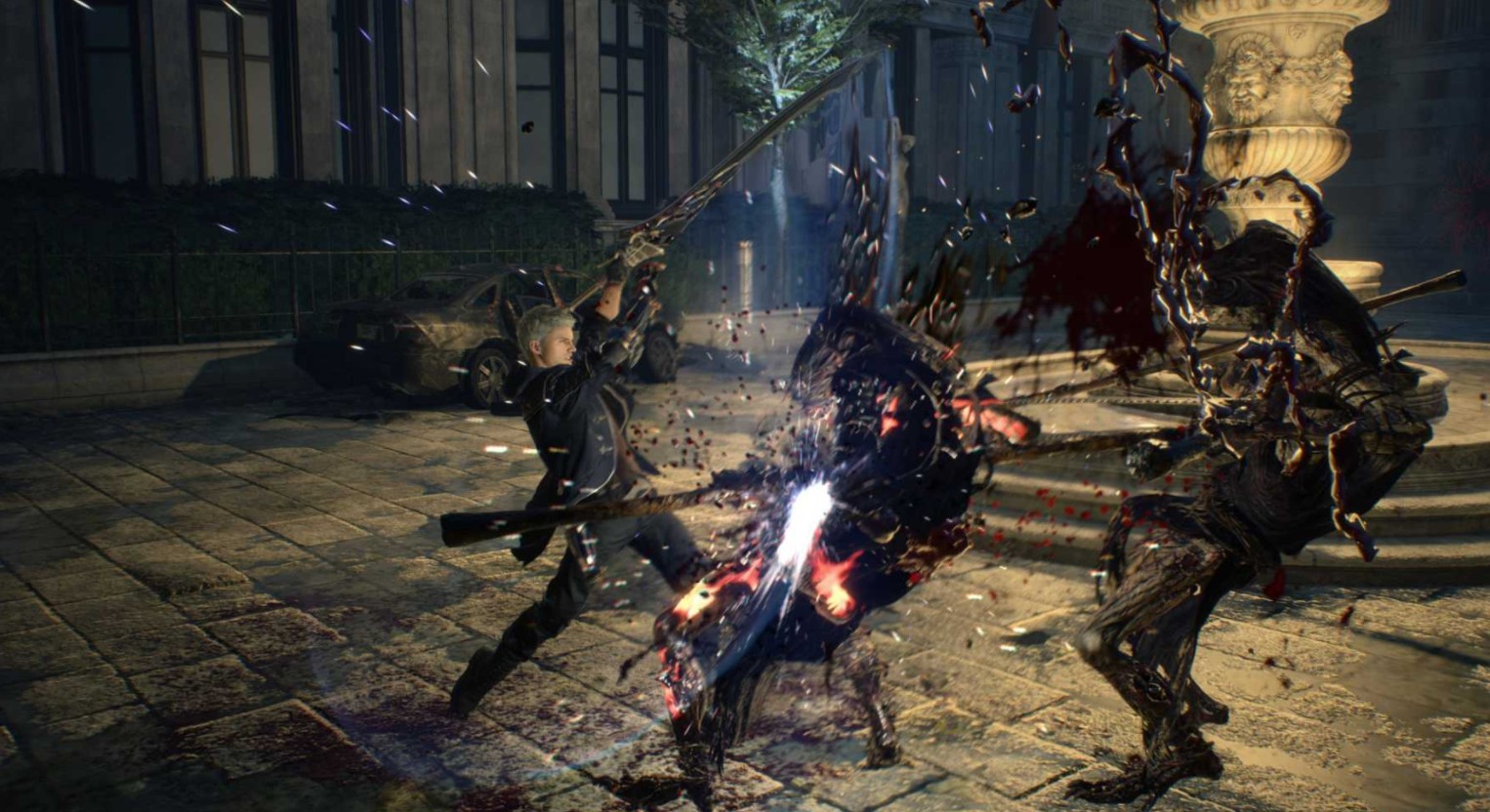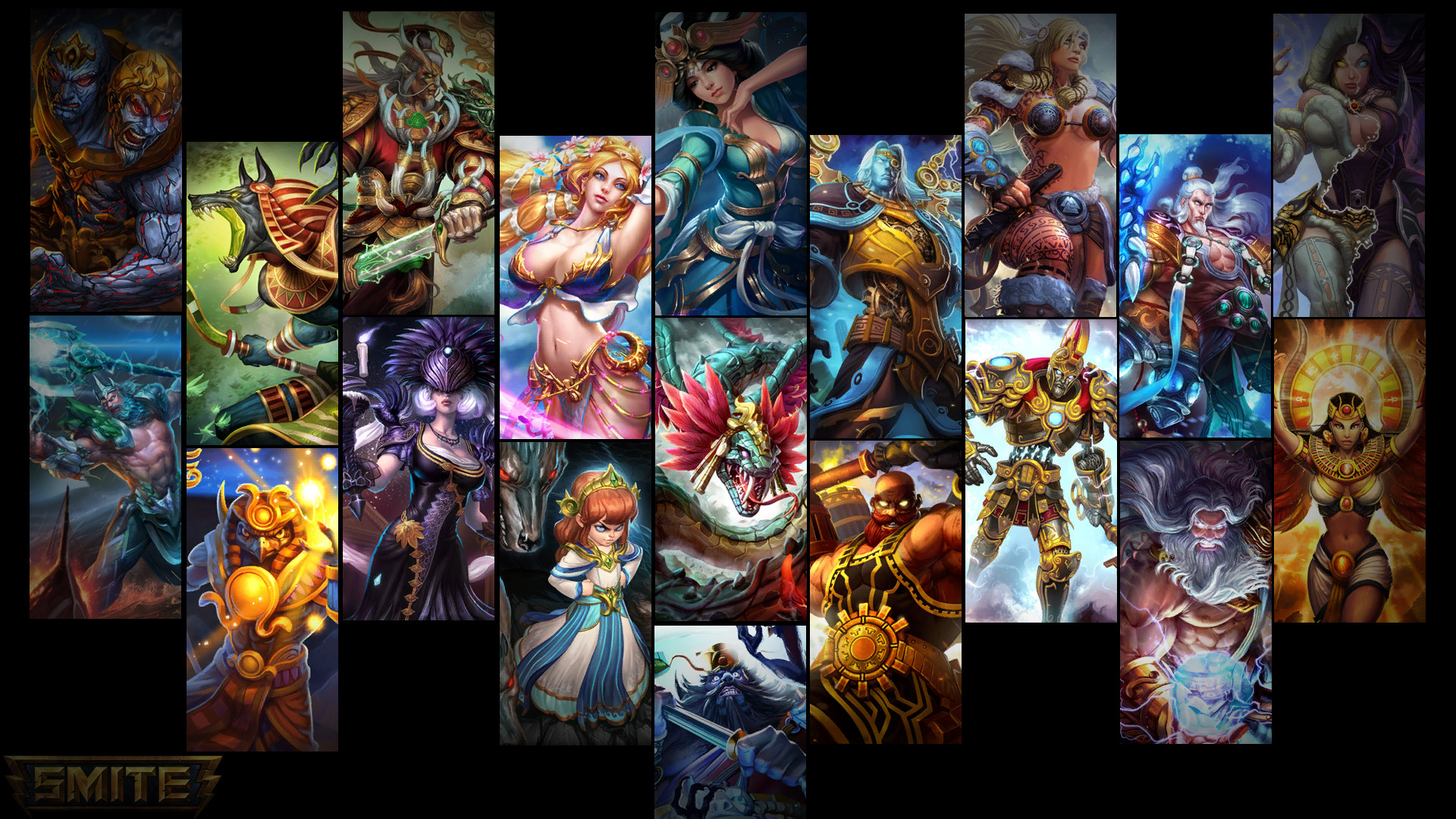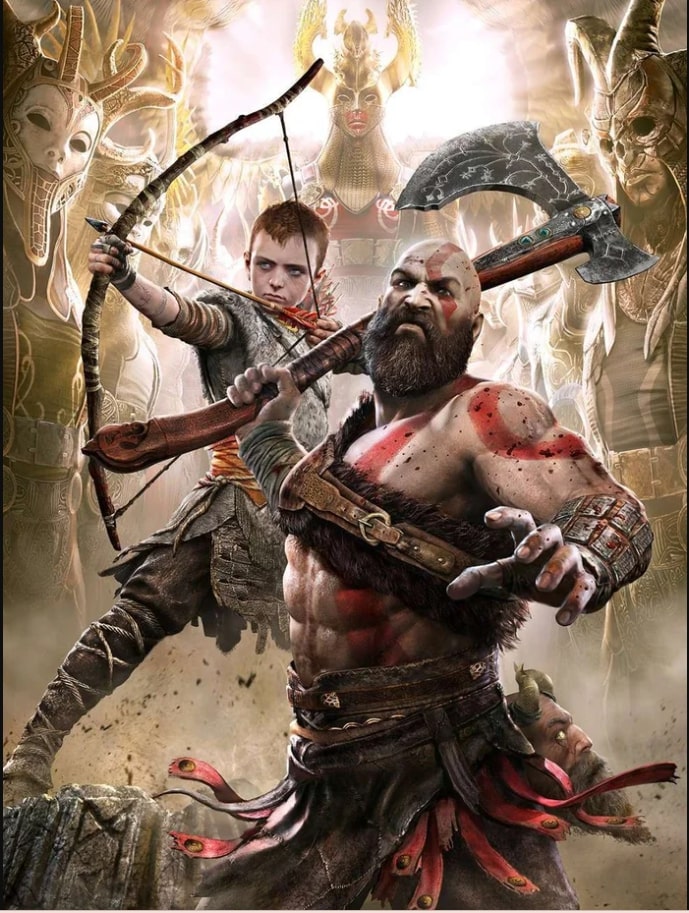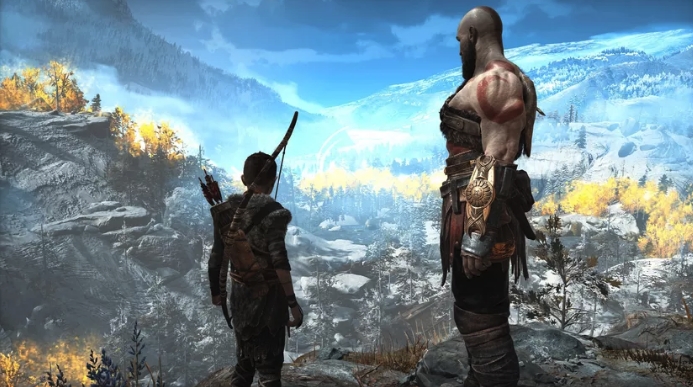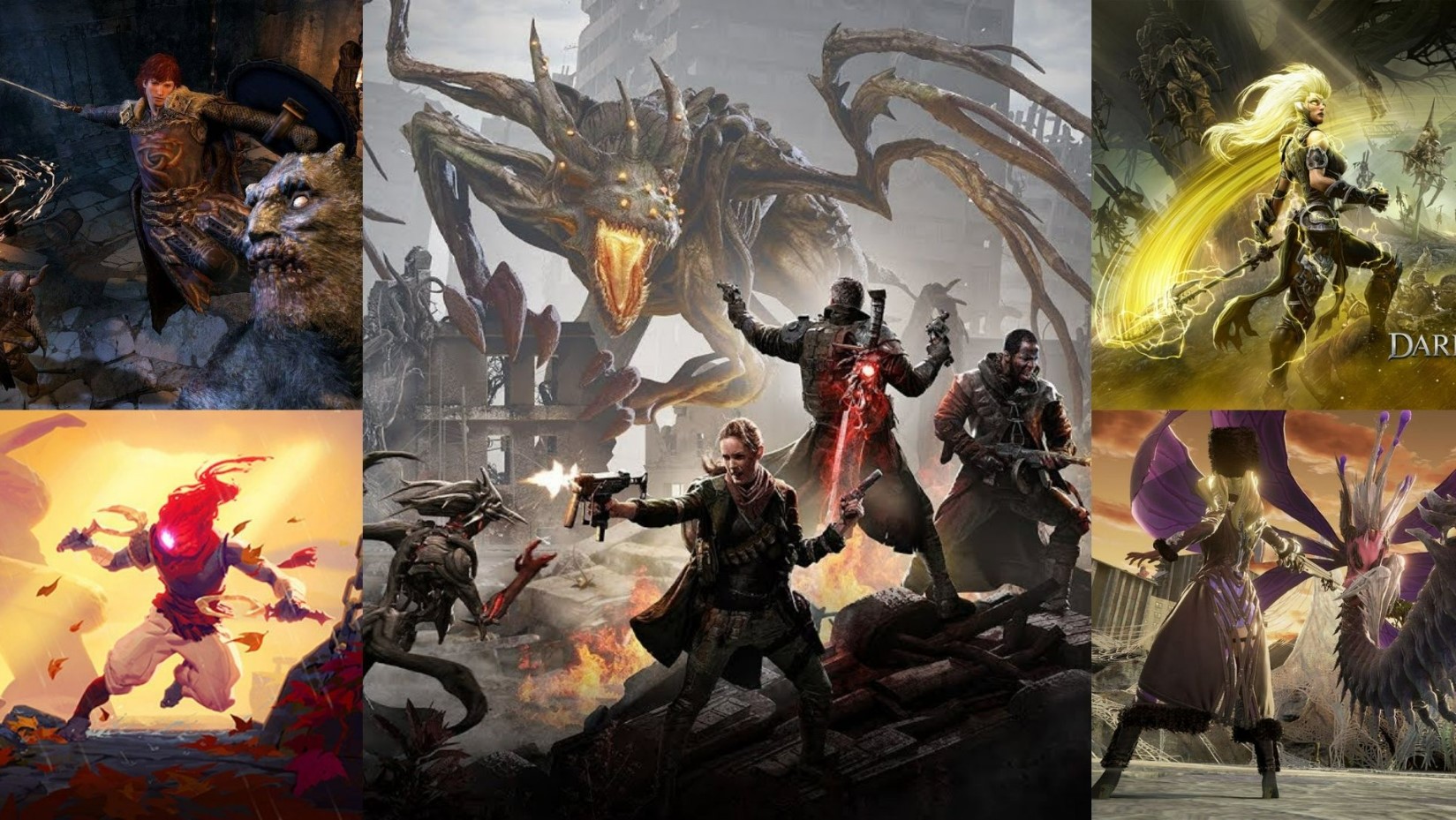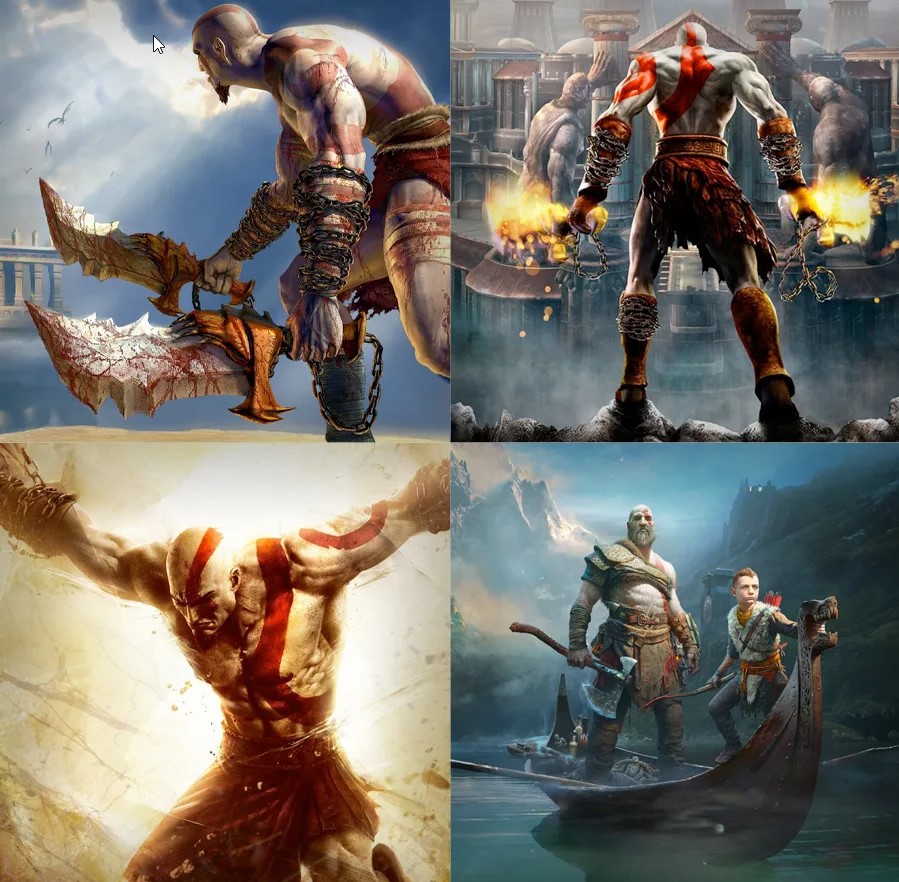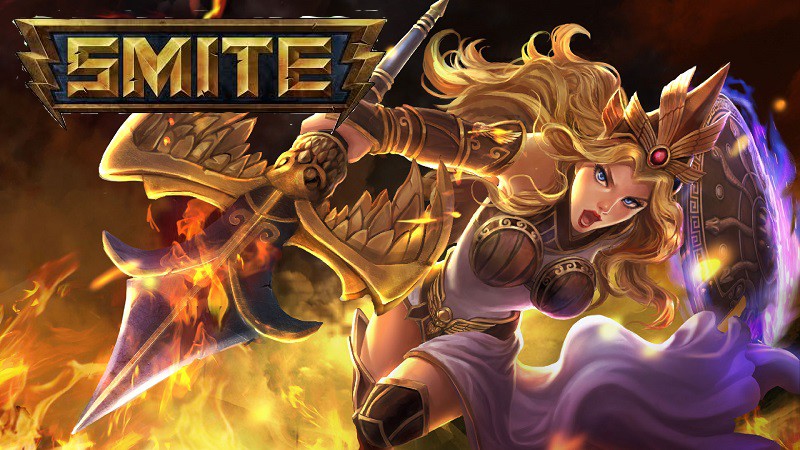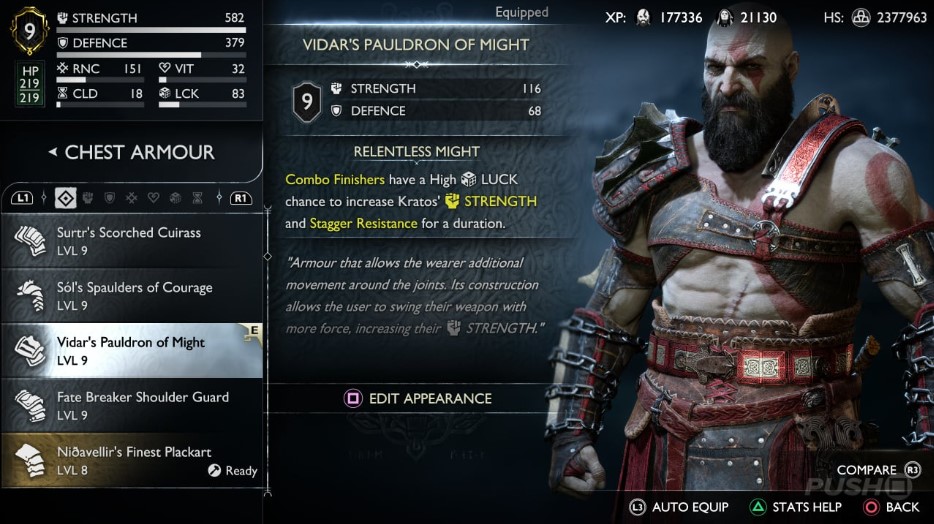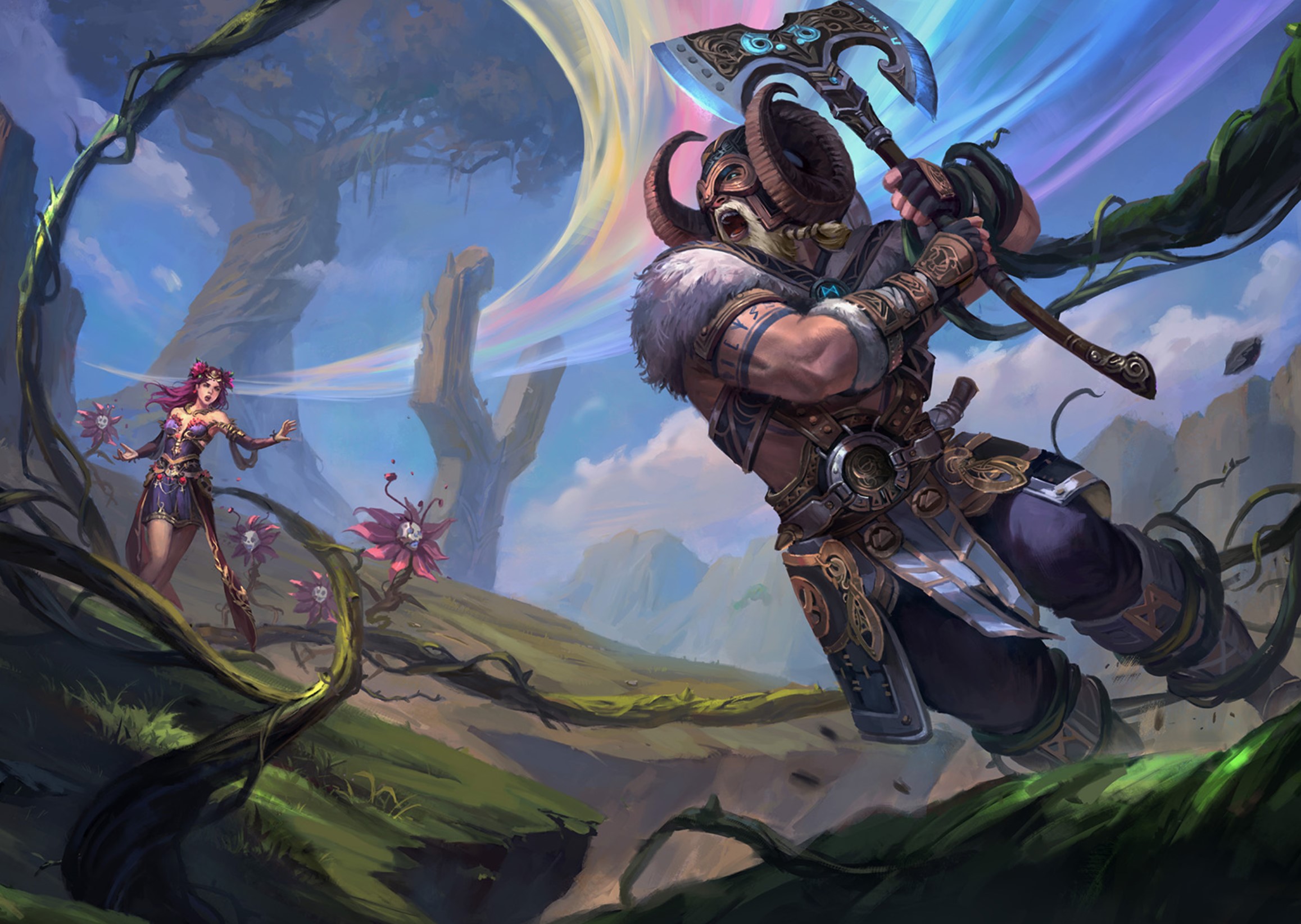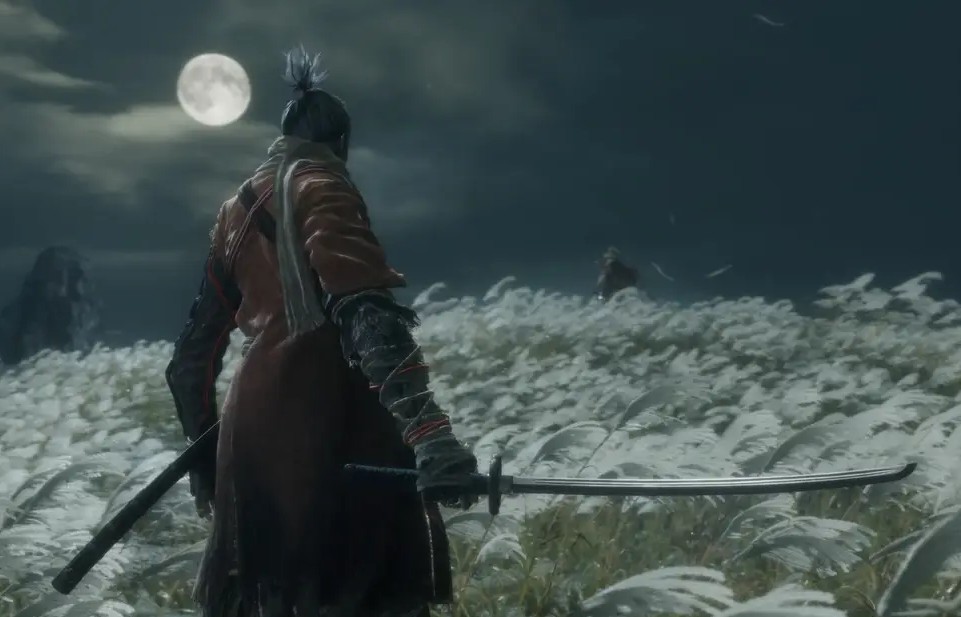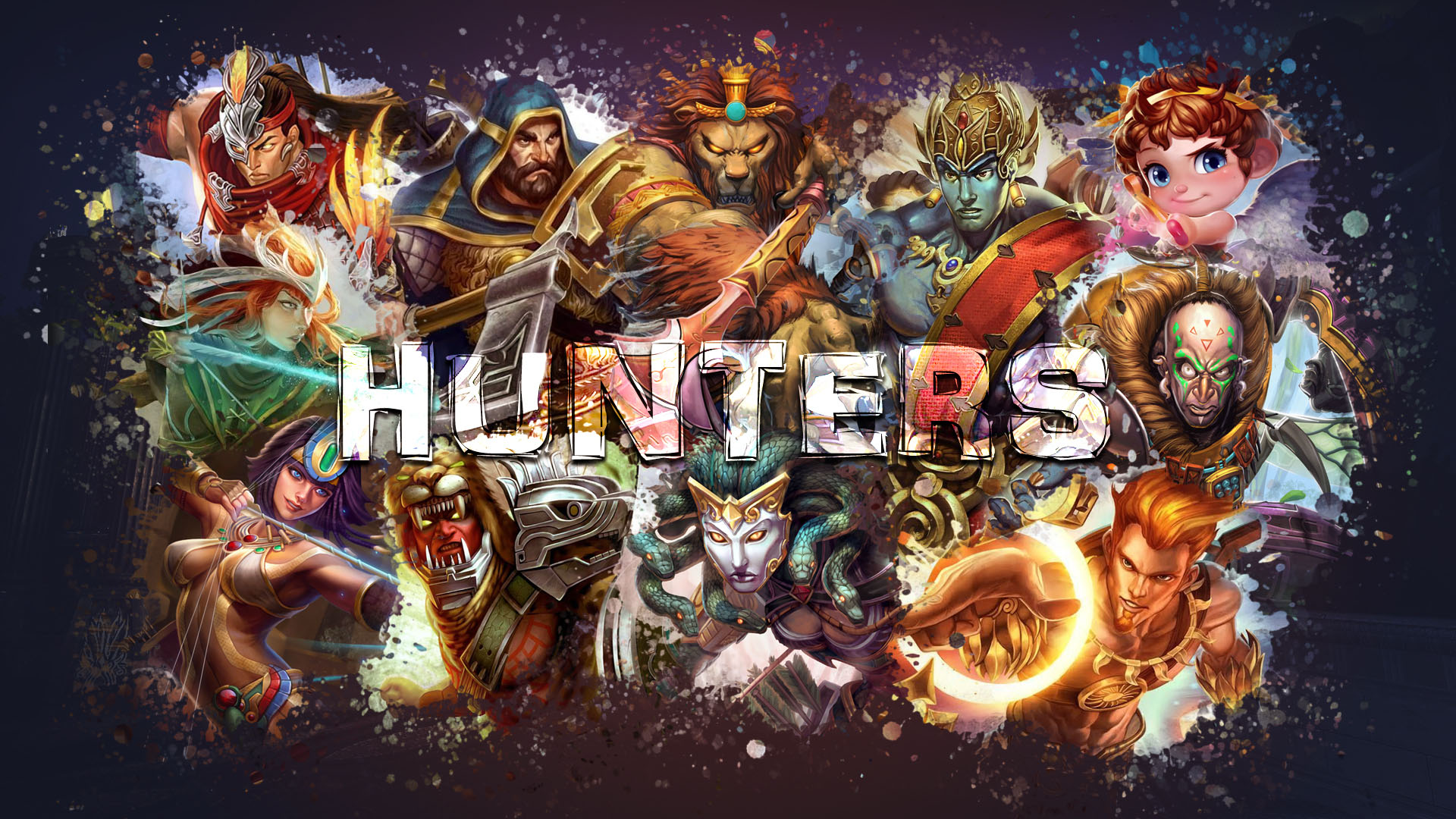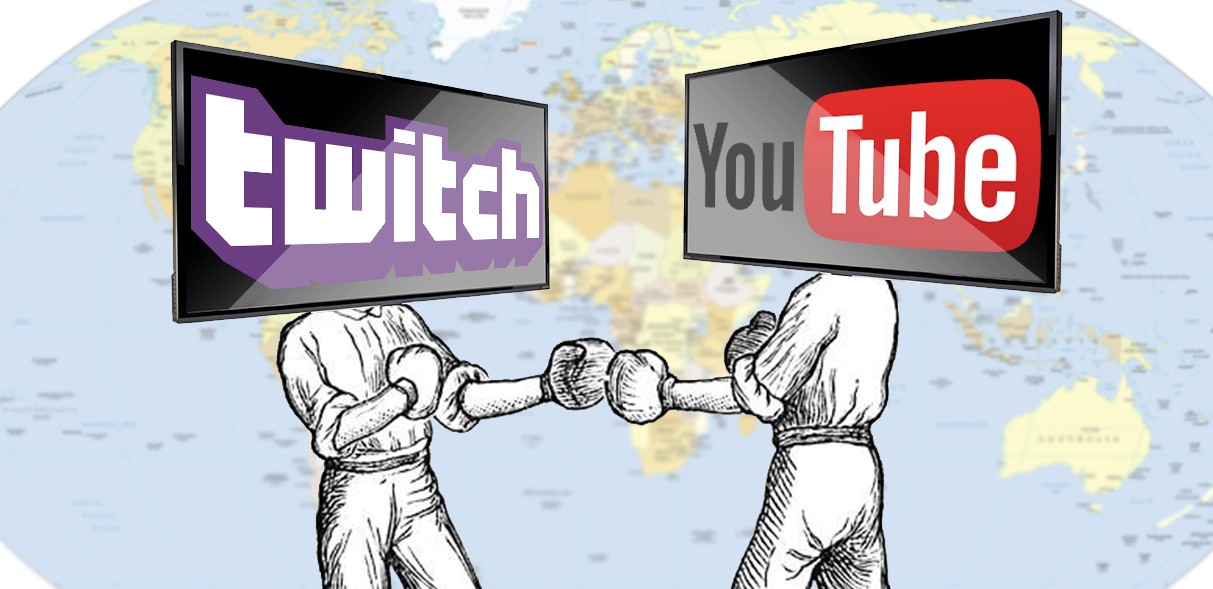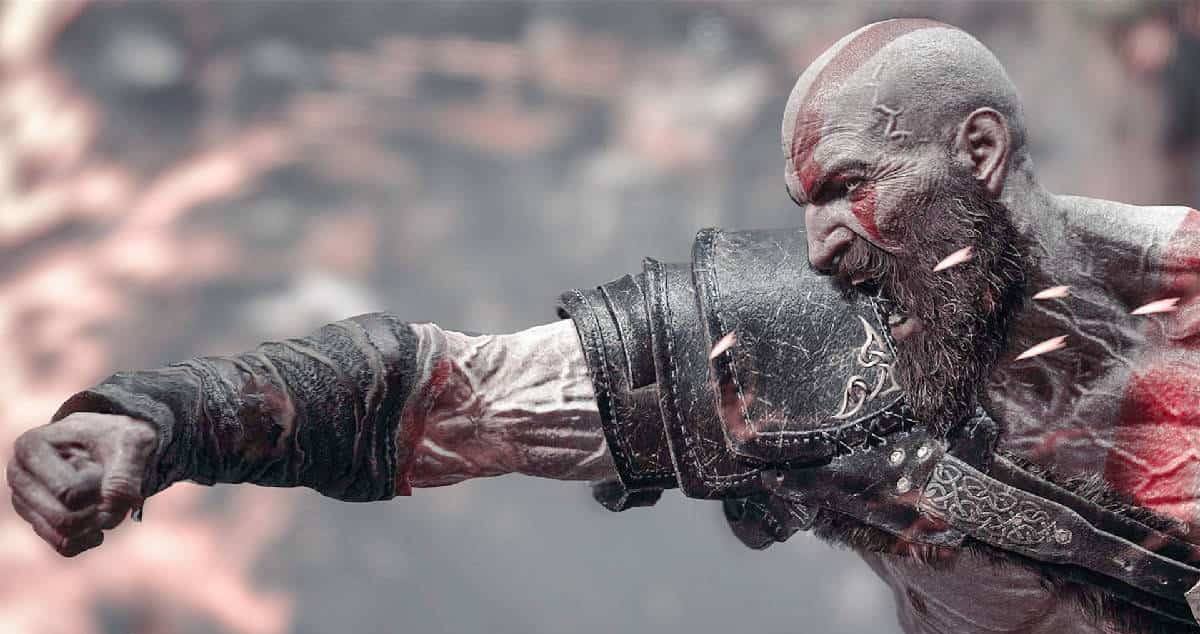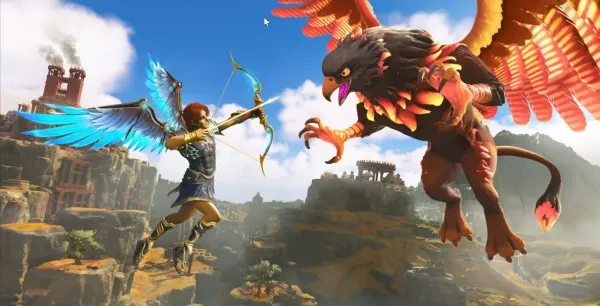
A hero is born!
Myths, legends, folk tales, whatever you want to call them. These stories represent the cultural identities of a group of people, people who had different ideas and beliefs about the universe and our place in it. When these concepts collide with our beloved video game medium, the results are often sensational. We get dramatic and innovative retellings of our favorite stories, combined with the added ability to guide those events, rather than being passive onlookers. We become the heroes of legend, and our deeds are those that will be sung throughout the ages. The following list presents us with fifteen games that have captured our imaginations by telling stories both familiar and unfamiliar using the backdrop of video games.
15. Never Alone (PS4, PS3, Xbox One, Wii U, PC, OS X, Linux, iOS, Android)
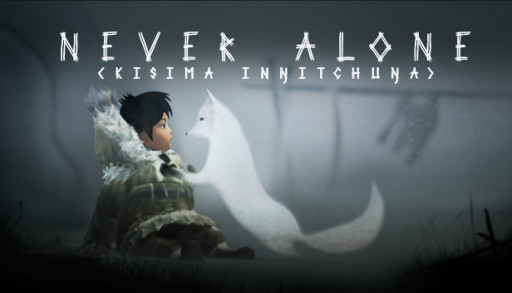
Coming in from the cold at number 15 is Never Alone.
Never Alone breaks the mold of introducing us to common narratives from Europe and Asia and throws us into the world of Native Alaskan mythology. The Inupiaq people of Alaska have collaborated with developers Upper One Games, to bring us this tale adapted from their legends that features a young girl, a fox companion, and a journey across the tundra to discover the source of a supernatural blizzard that threatens her tribe. Nuna and her fox companion solve puzzles, cross dangerous terrain, and experience heartbreak and setbacks along the way, all while delivering a moving story that shines light upon a lesser-known culture.
Never Alone is a platformer that incorporates puzzle elements in its gameplay. Nuna and her fox companion complement each other perfectly with Nuna providing the use of her bolo to reach objects at a distance and greater physical strength to move heavy objects, while her fox companion can jump higher than Nuna can and can also fit into small spaces. This allows for collaborative puzzle-solving and progression through the Arctic tundra.
Never Alone also features stories from the Inupiaq people that you can discover in-game in the form of rewards for defeating enemies, which do a great job of introducing several Inupiaq myths and legends. This, in conjunction with strong platforming gameplay and a unique story, make Never Alone an interesting foray into Inupiaq culture that is sure to delight and educate fans of world mythology.
Never Alone Gameplay
14. Titan Quest (PS4, Xbox One, Nintendo Switch, PC, iOS, Android)
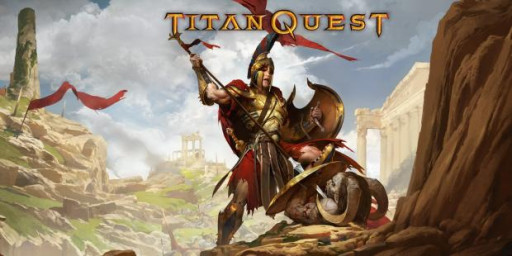
Bringing that retro vibe into the number 14 spot is Titan Quest.
Titan Quest is an open-world RPG set within the world of Greek mythology where you play as a character of your design and journey through Ancient Greece, Egypt, and Asia on a quest to defeat the titans (again, seriously?) and save both men and gods. Some of the usual mythical figures make an appearance including Zeus, Cerberus, Achilles, and all of our familiar friends. In Titan Quest, your player character must defeat Telkines, lesser titans, and prevent them from destroying the world by unleashing the actual, big daddy titans.
Titan Quest plays from a third-person overhead perspective and includes features common to most RPGs. During your journey, you gain experience points by defeating enemies and completing quests for NPCs. These experience points are used to upgrade player stats (health, strength, dexterity, etc.) and learn new skills. Combat takes the hack and slash style and allows your player character to use several types of weapons such as swords, axes, and clubs. Traversal is done on foot (except for Fast Travel points; we’re not savages.) and areas of the map are uncovered during your journey. To this end, the game strongly encourages exploration as the entire map is covered in a Fog of War which only clears as you venture through the relevant areas.
Titan Quest Gameplay
13. Apotheon (PS4, PC, Linux, macOS
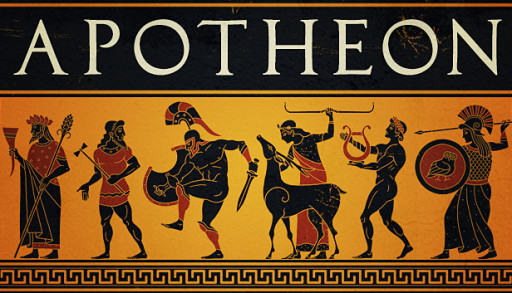
Break out the wine and yogurt because here comes the Greek fable of Apotheon at number 13.
Apotheon brings us back to Greek mythology with the story of Nikandreos, a young Greek warrior tasked with overthrowing the current pantheon of Greek gods (Zeus, Hades, Poseidon, Athena, etc.) by Hera, Zeus’ estranged wife. Seriously, I don’t know why those two are even still married at this point. Between Zeus’ infidelities and Hera’s continued efforts to get revenge on him, one wonders why there isn’t a Greek god of marriage counseling somewhere milking this whole scenario for a small fortune. Anyway, Nikandreos doesn’t embark upon his journey because he’s a stickler for marital fidelity but rather because the Greek gods have decided to abandon humanity. By so doing, the gods had withdrawn their powers from the Earth, leaving it in a state of chaos and darkness. So begins an epic tale of a hero, rising to Mount Olympus and along the way doing battle with all manner of men, gods, and creatures in an attempt to restore the Earth’s bounty.
Apotheon plays as a side-scrolling action-adventure game, lovingly crafted in an Ancient Greek art style as a loving homage to Greek culture. It doesn’t exactly tread new ground in terms of its story but it does innovate graphically and in its dedication to educating you about Greek culture and history. In-game items present you with stories from myth and legend, while also giving you the accurate Greek names for several common items (doru for spear, aspis for shield, and xiphos for sword). Apotheon, more than quite a few games on this list, dives wholeheartedly into its source material and such is a gem to play for those who are fans of Greek mythology.
Apotheon Gameplay
12. Hellblade: Senua’s Sacrifice (PS4, Xbox One, Nintendo Switch, PC, Xbox Cloud Gaming)
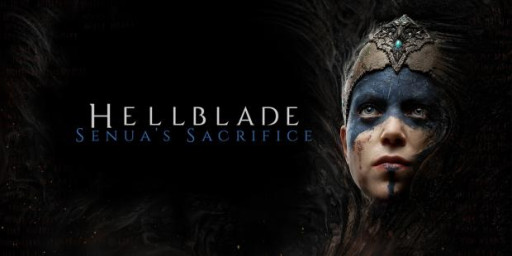
No, you're not seeing things; it really is Hellblade: Senua's Sacrifice peeking through the dark at number 12.
We’re going to thrust ourselves into the rich tapestry that is Norse mythology with Hellblade: Senua’s Sacrifice. The titular Senua embarks upon a journey into Helheim to retrieve the soul of her dead lover, Dillion, and along the way encounters figures from Norse mythology like Surtr, Hela, and even Danish mythology’s Valravn. The game is presented as an exploration of Senua’s psyche as she deals with grief and psychosis which causes her to experience hallucinations. This lends it a feeling of psychological horror along with its hack and slash and puzzle-solving elements.
Hellblade: Senua’s Sacrifice is developers Ninja Theory’s attempt at creating an engaging game that uses the backdrop of Norse mythology to tell a story about mental illness, trauma, loss, and love (and why it’s important for us to not get carried away and become religious zealots). Furthermore, its choice to abandon the video game staple that is the “heads-up display” favors a more immersive experience for the audience and makes Hellblade: Senua’s Sacrifice come off as more like a movie that you can play than a video game. If you’re a fan of Norse mythology, great story-telling, and moving characters, you’ll love Hellblade: Senua’s Sacrifice.
Hellblade: Senua's Sacrifice Gameplay
11. Until Dawn (PS4, Android)
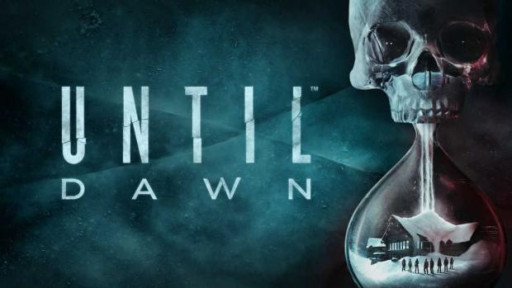
Here comes Until Dawn, horror movie tropes and all, at number 11.
Until Dawn doesn’t surround you in a world of mythology, so much as it uses its mythology to pursue to relentlessly and brutal murder you. It’s set in the modern-day, real-world Earth and deploys its myth through the legend of the Wendigo, an evil spirit from Native American folklore that possesses human beings and turns them into grotesque cannibals. In Until Dawn, this paranormal zombie virus is discovered in a mountain lodge by a group of friends as they gather for a getaway in the creepiest location possible (they just keep making the same mistakes, huh?). As the night progresses, the group comes face to face with several Wendigos, does a little bit of dying, and learns more about the events that led to the Wendigo scourge.
Until Dawn is an interactive drama that rewards exploration with additional story scenes and different endings. The choices you make while in control of different characters directly impact both the endings and the fate of the characters themselves. There are also a few Quick Time Events that test your reflexes and keep you on your toes. Most importantly, deaths in Until Dawn are permanent as the game’s auto-save feature prevents reloading chapters so you have to make those choices count or start a new game. With so many twists and turns woven in the fabric of Until Dawn’s story, you’ll be replaying this mythological horror for months to come.
Until Dawn Gameplay
10. Jotun (PS4, Xbox One, Wii U, Nintendo Switch, PC, OS X, Linux, Stadia)
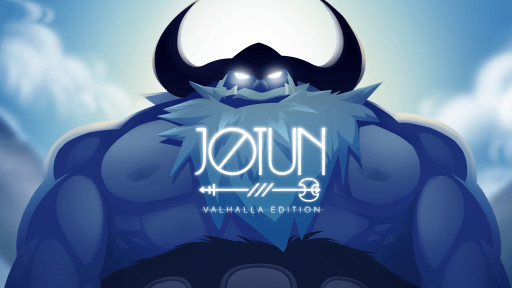
With unique graphics and faithfulness to Norse mythology, Jotun has earned the right to be number 10 on this list.
Coming back to Norse mythology, we enter into the world of Jotun as we join Thora, a young (and very much dead) Viking as she embarks on a journey to earn the right to enter the Norse version of “heaven” - Valhalla. You see, Thora didn’t die ‘the right way’, that is, in battle with an ax in hand and bathed in the blood of her enemies, so she is condemned to Norse Purgatory. She is tasked with defeating Jotunn, elemental giants of lore, to impress the gods and gain admission to Valhalla.
Jotunn adopts a hand-drawn animation style as well as puzzle-solving elements and a great emphasis on exploration. At each level, Thora is required to solve puzzles and defeat enemies using her ax and God Powers, which she borrows from various Norse deities (Thor, Odin, Heimdall, and Freya to name a few). All areas are connected via a hub world, Ginnungagap (the Void) that allows you to choose your world and by extension, which elemental giant you would like to face. Finally, Thora can upgrade her health using Ithunn’s Apples as well as the number of charges she has for her God Powers.
Jotun is packed to the brim with references to Norse mythology, a gorgeous hand-drawn art style, and an inspiring soundtrack that is sure to unleash the Viking reaver within you.
Jotun Gameplay
9. Darksiders (series) (PS4, PS3, Xbox One, Xbox 360, Wii U, Nintendo Switch, PC, Linux, Stadia)
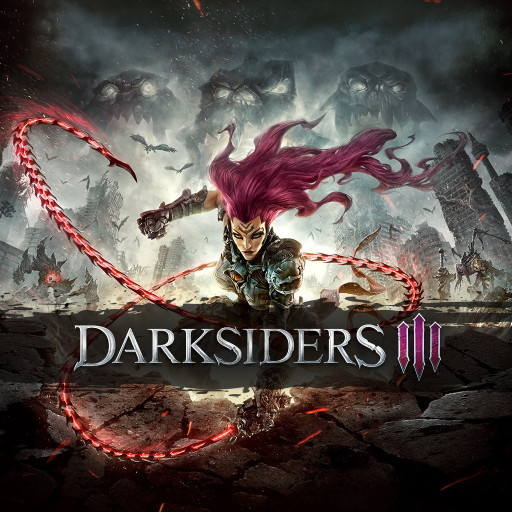
Darksiders has the Apocalypse well in hand at number 9.
Taking a page from Christian apocalyptic mythology is a risky move indeed (because it’s depressing as hell), but the Darksiders series does it to great effect. The latest entry in the series, Darksider Genesis, continues in the same vein by having you play as two Horsemen of the Apocalypse, Strife, and War, as they slay demons in the Underworld. Genesis functions as a prequel to the Darksiders story that details the events that led to the Apocalypse. It follows the quest undertaken by brothers Strife and War as they confront Lucifer to prevent him from destroying the world. Previous entries in the Darksiders universe featured the other members of the Four Horsemen of the Apocalypse, Fury (Darksiders 3) and Death (Darksiders 2), as they slay demons in a post-apocalyptic world.
The Darksiders series generally takes the form of a third-person, hack and slash action-adventure game, except for Darksiders Genesis, which employed a top-down design reminiscent of Diablo 3. Gameplay is usually quick and intense, giving your characters the ability to chain combos together and dodge or counter enemies’ attacks with deft timing. There is also a great deal of exploration involved in each entry as players are called upon to solve puzzles and discover items used to upgrade stats and weapons. Traversal is also made easy as each Horseman across the series can call upon their infamous stallions to get them from charred wasteland to demonic pit in style. Packed with dark humor and challenging boss battles, the Darksiders series is a joy to play feature enough Christian mythology to satisfy a broad range of gamers.
Darksiders 3 Gameplay
8. Smite (PS4, Xbox One, Nintendo Switch, macOS, PC)
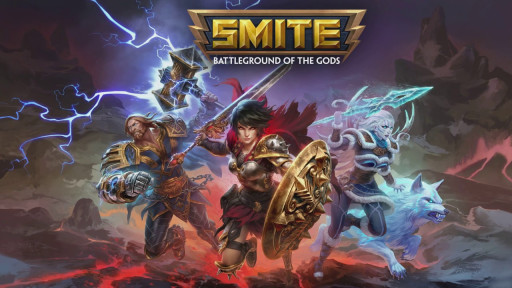
Sometimes you get quantity. Sometimes you get quality. With Smite at number 8, you're sure to get both.
Smite is a free online game where you play in a battle royale as a god from various mythologies from around the world. One of the best things about Smite is its variety, as you play as gods from the mythologies of several cultures including Egypt, Greece, Japan, China, North America, Africa, and much more as you do battle with each other for reasons unknown (some exercise, maybe?).
Smite became one of the most popular online battle arena games in part due to its wide cast of characters, diverse strategies and game modes, and relatively simple gameplay. The not-so-simple part? Actually winning matches as you regularly encounter pro players wielding some of the most powerful gods (Anubis, Zeus, Fafnir, and Kali for example) with great skill. Furthermore, you adopt playstyles that suit your personal preferences, as well as each god’s strengths. Most playstyles revolve around the typical MMORPG playstyles such as tank, healer, DPS, etc. (albeit with different names like mage or hunter). A few others allow for some degree of hybridization and customizability resulting in match-ups where two persons may use the same god but not in the same ways.
Added to this, the game’s developers, Titan Forge Games, are some of the best in the business and they regularly make updates that introduce new gods, provide new skins, create new maps and arenas, and offer tons of support in the event of any technical difficulties. With new players joining every week and a supportive community, Smite is one of the best mythology games money wishes it could buy.
Smite Gameplay Guide
7. Hades (Nintendo Switch, macOS, PC)

The son of Hades gives 'em hell at number 7.
Hades is an example of a simple game done well. Based on Greek mythology’s pantheon of bickering and moody gods, you take charge of Zagreus, son of Hades, as he tries to escape his father’s eponymous prison. Aiding his escape are the other gods of the Greek pantheon, notably Zeus, Athena, Poseidon, Aphrodite, and even freaking Dionysus (dude barely ever shows up to anything unless it's a party).
Zagreus is tired of learning the ropes of soul administration and damnation from his grumpy father Hades, and so conspires with Nyx, goddess of the night, to escape Hades and join his uncles, aunts, and cousins on Mount Olympus. During his journey towards Earth, he passes through various levels of Hades (Tartarus, Asphodel, Elysium, Styx) and meets various mythological monsters who try to impede his progress. You get to fight all the greatest hits from Greek mythology such as the Hydra and the Furies, for example, both of whom have taken contracts from dear old dad to ensure that you never make it to Mount Olympus.
Hades is an excellent rogue-lite game that gives your character a wide array of weapons to choose from along with unique powers called boons to supplement those weapons. Even the weapons themselves are inspired by Greek mythology and include Poseidon’s Stygian Blade and Hera’s Coronacht Bow among others. Furthermore, the gameplay is challenging but not unfair as you get enough boons and bonuses from other gods to make beating the game reasonably doable. Added to this, the game has tons of replay value as the characters’ dialogue and bosses’ movesets often change after you “beat the game” to keep you occupied for days at a time.
Gameplay: A first look at Hades
6. Okami (Nintendo Switch, PS4, PS2, Wii, PS3, Xbox One, PC)
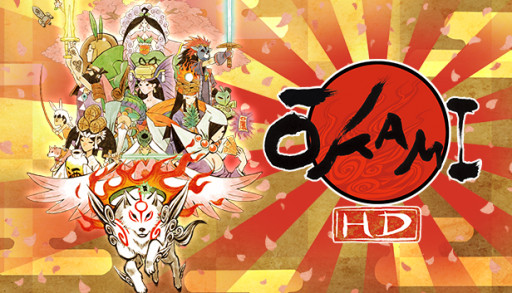
Okami understands that sometimes a little direct divine intervention is necessary.
Be prepared for a Naruto reference here, because Okami allows you to play as a wolf by the name of Amaterasu and I think that's one of the best things that's ever happened in a video game. For the mythology geeks among us, Amaterasu is the Japanese goddess of the sun and is widely revered in Japanese mythology as the queen of the gods and ruler of the universe. You really can’t be any bigger of a deal than Amaterasu as she also occupies a hallowed place as the source of all life and the ultimate god in the Shinto pantheon. I mean, the Japanese flag is the rising sun so it’s pretty obvious at this point. In Okami, Amaterasu assumes the form of a wolf and embarks upon a quest to defeat the evil Orochi, an eight-headed monster that spreads death and destruction in its wake.
The first thing that stands out about Okami is its beautiful hand-drawn art style and world design that cuts you like a Chidori (I did warn you) out of nowhere. The visuals and use of color truly do a wonderful job of bringing to bear centuries of rich Japanese culture to a western audience. Another innovative idea was the use of Brush techniques similar to Japanese calligraphy to engage in combat and interactYoutube with the world. Brush techniques are often executed by using the PC’s touchscreen or game controller’s left analog stick and have several effects such as making trees bloom, solving puzzles, slashing enemies, fixing bridges, and other gameplay functions. Combine these unique characteristics with a well-written and compelling story, entertaining characters, and stable gameplay mechanics and Okami easily proves itself to be one of the best mythologically-based games on the market.
Okami Gameplay
5. Nioh (PS4, PS5, PC)
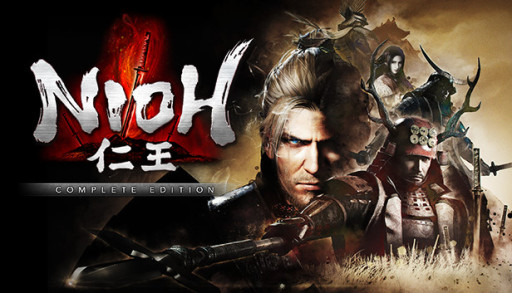
Travel far and wide to reclaim your honor in Nioh, an epic samurai tale.
As one of the toughest games on this list, Nioh has taken its inspiration from Japanese mythology (and to some degree, various European mythologies) in building its fictional narrative and characters. It includes some larger-than-life figures from Japanese history to round out its roster of compelling characters. In Nioh, you play as William Adams, an Irish sailor in pursuit of the villain, Edward Kelley, who stole his spirit companion (the Irish water spirit Saoirse) from him and escaped to Japan. While in pursuit of Kelley, William stumbles upon a larger plot to control the world through the use of magic with which Kelley and his co-conspirators hope to shift the balance of power in the world.
The gameplay itself is challenging yet rewarding as enemies regularly drop valuable loot that can be used to customize your character and give them much-needed boosts to stats (plus your boy William’s gotta look fresh, right?). It borrows heavily from the punishing combat of the Souls series while adding its unique stance system where different stances provide different advantages in battle, depending on the type of weapon your opponent is wielding. In addition, the ability to use magic and craft your playstyle based on which spirit guide you choose ensures that the game doesn’t provide a uniform experience for all players. You might struggle with something that someone else found to be easy-peasy, and then they might have a hard time defeating a boss that was a cake-walk for you.
Many myths and legends from Japanese folklore are presented in Nioh. Often, enemies take the form of “yokai” or “oni”, Japanese spirits that represent the twisted souls of the departed. These enemies usually represent some of the toughest challenges that Nioh has to offer, yet do have some weaknesses against weapons and items that are imbued with divine qualities. Apart from yokai, human beings also represent some major antagonists within the game and often range from legendary samurai generals to skilled sorcerors. The inclusion of legendary historical figures, Hattori Hanzo and Ieyasu Tokugawa gives the game this strange, yet inviting blend of magic and realism. Ultimately, this is why the lore of Nioh is so engaging: it effectively combines real characters and events, magic, and myth in such a way that makes it easily accessible to audiences worldwide.
Nioh Gameplay
4. Immortals: Fenyx Rising (Nintendo Switch, PS4, PS5, Xbox One, Xbox Series X/S, Google Stadia, PC)

Rise up in Immortals: Fenyx Rising
Immortals: Fenyx Rising is another game on this list that takes inspiration from Greek mythology (almost as if most video game developers favor a Eurocentric worldview, huh?). You’ll play as the titular Fenyx, a heroine whose legend exists as part of a prophecy being told to Zeus by Prometheus during his imprisonment and torture (swell guy that, Zeus). The epic story of Fenyx involves her journeying across the land to free the gods themselves after they’ve been imprisoned and robbed of their powers by the titan Typhon, who has an ax to grind against the gods after they defeated and imprisoned him within Tartarus. To this end, Fenyx meets several of the former gods, restores them to power, and gains abilities and weapons to further aid her in her quest.
The third person, top-down, platforming style gameplay models itself after industry benchmark, The Legend of Zelda: Breath of the Wild, in many of its elements such as world traversal, combat, puzzle-solving, and graphic style. Combat involves a certain degree of button-mashing while accurately timing enemies moves to dodge/counter effectively. Traversal and exploration are also well-handled as Fenyx has the option of getting around on foot or horseback (Or stagback? Pegasus-back?), can climb gigantic mountains and structures, and can use Far-Sight to find places and items of interest.
One of the most impressive aspects of Immortals: Fenyx Rising is its commitment to Greek mythology as its source material while injecting much-needed humor into the script. For those of you who love adventure games as well as mythology, Immortals: Fenyx Rising is a must-play.
Immortals: Fenyx Rising Gameplay
3. The Witcher 3: Wild Hunt (PS4, Nintendo Switch, Xbox One, PS5, Xbox Series X/S, PC)

Slay humans, monsters, and everything in-between as Geralt of Rivia.
The Witcher series has seen much pop culture success in recent years with the Netflix series of the same name becoming one of Netflix's most lauded series. All of this newfound praise is well deserved as the story of The Witcher, while mostly dark and hopeless, does have complex characters, an intriguing setting, and profound themes that appeal to readers/viewers/gamers worldwide. In the Witcher 3: Wild Hunt, you play as Geralt of Rivia, a legendary Witcher (a superhuman monster-slayer), as he navigates a chaotic world filled with political intrigue, war, monster attacks, magic, banditry, and oh yeah, attacks from a group of spectral knights called the Wild Hunt (because things were going so well before that).
The Witcher 3: Wild Hunt, pays homage to several European cultures’ mythologies through its narratives, settings, characters, and monsters. During Geralt’s adventures, he is called upon to slay werewolves, Drowners (Vodnik - Slavic myth), wyverns (English/Welsh, Scottish myth), golem (Jewish lore), and much more. In addition to monster hunts, The Witcher 3 also emphasizes the importance of human relationships in the face of inhuman threats. The game often makes the point that sometimes, the real monsters are humans and that only humans themselves can stop each other from becoming monsters if they simply tapped into their empathy and love for each other.
Lastly, the gameplay is that of a third-person adventure game with well-balanced combat. Geralt has the choice of fighting using swords, basic magic spells, bombs, crossbows, and various potions used to boost his physical strength or grant him immunity to certain types of damage. A well-defined bestiary provides a run-down on each monster’s weaknesses as well as provides some insight into the world of The Witcher. In addition, the choices that you make in the game have profound effects on the outcomes of several side-quests, character’s fates, and even the main story. The Witcher 3: Wild Hunt is a fun, challenging, and rewarding delve into a world that is depressing yet, through its complex characters and sometimes humorous quests, manages to hook its fangs into you and never let go.
The Witcher 3: Wild Hunt Gameplay
2. Sekiro: Shadows Die Twice (PS4, Xbox One, Google Stadia, PC
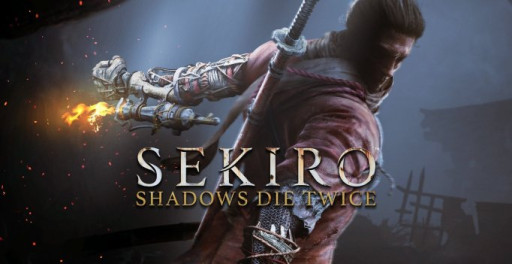
Embark on a journey to protect your lord and regain your honor in entry number 2, Sekiro: Shadows Die Twice.
I’ll just admit my bias right now and call this one of my favorite games of all time. Everything from the challenge, to the lore, characters, and even the setting resonated with me (especially as a fan of anime and Japanese culture). Most importantly, Sekiro: Shadows Die Twice does a faithful representation of Japanese and Buddhist myth and legend by using subtle nods that prompt the player to do some light research, rather than spoon-feeding players. Sekiro: Shadows Die Twice follows the story of the titular Sekiro, as he aims to protect his young lord from those who would seek to kidnap him and use him as a tool to gain immortality. Eventually, said lord is captured by the ruling clan of Ashina (disfiguring Sekiro in the process) and our protagonist begins a journey to recover both his honor as well as his young lord.
Much of the mythology presented in Sekiro is intertwined with history. The game is set in the 1500s, Japan’s Sengoku period, and depicts a land plagued by turmoil and war. Amid this historically accurate scene, Sekiro: Shadows Die Twice throws common Japanese and Buddhist myths into the story such as Giant Serpents (who are seen as divine in Japanese folk myth and represent immortality), Tengu (god-like demons that are also martial arts experts) and Divine Dragons (also depicted in Japanese tales as being immortal and associated with water).
Lastly, Sekiro’s gameplay brings greater freedom of movement and polish to From Software’s combat system by adding jumping, rappelling, and stealth elements. The most innovative gameplay mechanic is the act of parrying enemies' attacks to increase their Poise damage, which eventually throws them off-balance and therefore opens them to a death blow. This has the effect of making combat an exercise in patience, timing, and grace as you need to know when to attack, block and dodge to finish off opponents. Sekiro: Shadows Die Twice is a game that requires much dedication to master but to those that are willing to put in the effort, there is much beauty in both combat and Japanese lore to uncover and many stories within stories woven into the narrative.
Sekiro Teaser Gameplay
1. God of War (2018) (PS4)
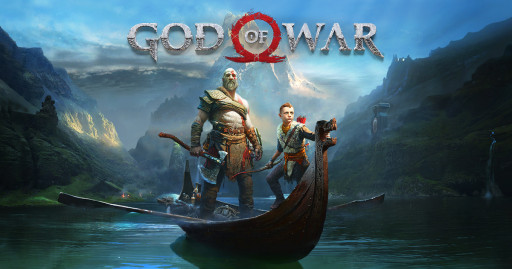
Finally, boy! You've reached the number 1 entry: God of War.
God of War 2018 served as a welcome reboot to a franchise that was struggling to innovate and appeal to new players. We were dramatically re-introduced to the muscular embodiment of rage that is Kratos at E3 2016 and right away we knew that the franchise had matured. Kratos became a somber, calculated dad right before our eyes, and most importantly, he changed mythologies! Well, it's not like he had a choice right?
God of War (2018) sees Kratos leave his post as Greek God of War after his act of genocide on the Greek pantheon and venture further north to make his home in Scandinavia. Once there, he manages to annoy a whole new pantheon of gods in the Norse gods such as Odin, Thor (not the Hemsworth, sorry!), and Freya. What stands out about God of War is how accurately it portrays the characters of the Norse gods. You’ll find no Marvel romanticism here buddy, as God of War pulls no punches in showing you the real Thor, Odin, and Baldur through the (more or less) faithful re-tellings of the Norse stories by Mimir, your traveling companion.
Apart from all the captivating stories told about the gods as you journey through Midgard, the game itself boasts a rich and varied combat system allowing you to control both Kratos and his son Atreus as they synchronize skillfully in battle. Side-quests in God of War often supplement the main story with compelling tales; their spectacular graphics expose you to the beauty of the frigid north, and intricate yet understandable crafting and customization systems allow you to accessorize the duo’s weapons and armor to varying effects. It hasn’t been hailed as one of the best games of recent years for no reason!
God of War (2018) Gameplay

